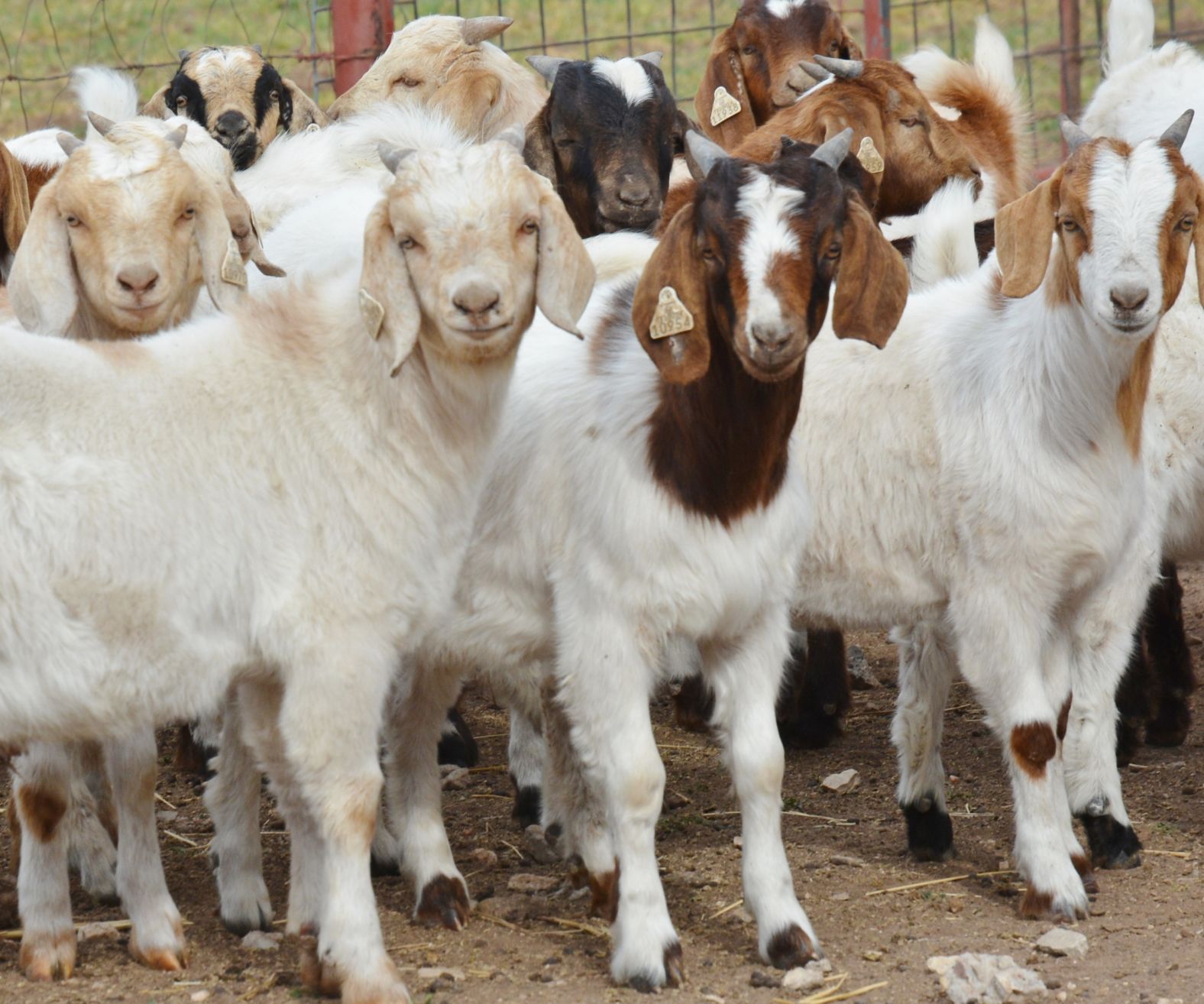AgriLife Researcher: Severe ‘orf’ cases appear to be increasing in West Texas

With sore mouth cases in goats reportedly on the rise, Texas A&M AgriLife Research and Extension Center agencies in San Angelo will seek producer input on a possible study during a meeting March 1 at the center.
The informational meeting, set for 2 p.m., is free and open to the public. The center is north of San Angelo on U.S. Highway 87.
John Walker, Texas A&M AgriLife Research director of the center, said the meeting stems from goat producers reporting recent outbreaks in the region, some quite extensive in number and severity.
Sore mouth, also called contagious ecthyma or orf when occurring in humans, is an infectious viral disease found mostly in sheep and goats. The virus is well-known among veteran West Texas sheep and goat producers, Walker said. It causes vesicles, pustules and scabs mainly on the lips and nostrils of affected animals, but can also be found in the throat and elsewhere. The sores are painful, often to the point lambs and kids limit nursing and become stunted or refuse to nurse and starve.
“If there is sufficient interest among producers, we will proceed with a pilot study and genome-wide association study to determine if the severe strain currently being reported in goat herds is possibly multiple strains, environmentally induced, genetically related within certain animal lineages or some combination of these or perhaps, something else entirely,” Walker said.
“AgriLife Research historically perfected and produced a very effective vaccine that has long been the primary defense against the disease within the industry. There have been some outbreaks in the past, but we are seeing them again, especially in goats, and we are seeking producer cooperation to address the issue.”
Walker said the vaccine, a true live virus vaccine, is produced by removing scabs from affected animals, drying them, grinding them into powder, which is then mixed with a sterile diluent prior to being applied with a special scratcher to the animal, usually on the inside of a back leg.
“The idea is to give the animal a slight sore mouth infection at the vaccination site in lieu of a more severe infection on the mouth, eyes, nostrils or in the throat,” he said.
“Historically, when a producer found a vaccinated animal with the malady, a call was made to the Texas A&M AgriLife Research Station at Sonora where the vaccine was made for many years, scabs were collected from the animal or animals and the vaccine was updated. That’s the kind of cooperation we are seeking now.”
Walker said if producer interest warrants it, AgriLife will prepare collection kits for attendees willing to collect scab tissue samples from infected animals either on a blood card or with an Allflex tissue sampling unit.
“The pilot study process would involve anywhere from three to five goat herds and would include collecting samples from goats in the infected herds to include animals with no orf lesions, those with normal lesions and those with severe orf lesions,” Walker said.
“The number of samples of no orf and normal lesions would need to be the same as the number of samples from goats with severe orf. As samples must be kept separate, labeled and cool, and scabs also collected, we realize it may be necessary for AgriLife personnel to assist with collection and we are willing to do that within logistical reason; provided the interest is there.”
More information is available from Walker or from Reid Redden, Texas A&M AgriLife Extension Service state sheep and goat specialist at San Angelo, by calling the center at 325-653-4576. Walker and Redden can be contacted at [email protected] and [email protected].

